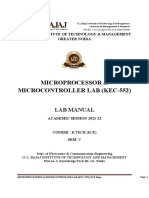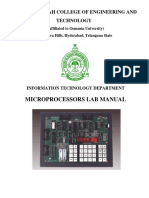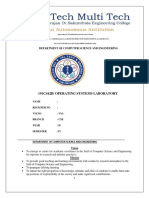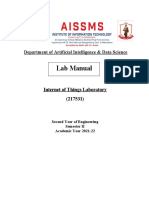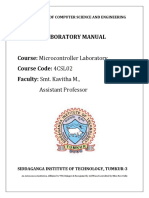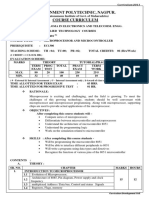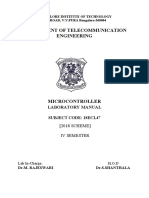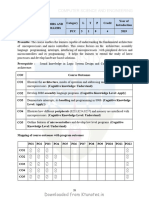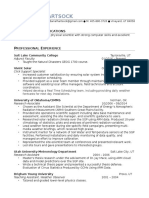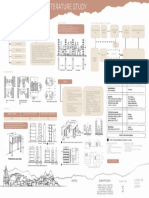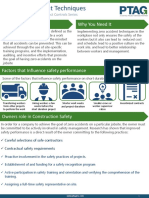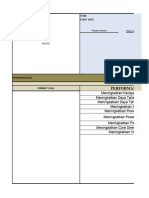0% found this document useful (0 votes)
11 views10 pagesMP Lab Record Starting Pages Before Programs
The document outlines the curriculum and objectives for the Microprocessor & Interfaces Lab course at Jaipur Engineering College, detailing its vision, mission, program educational objectives, and course outcomes. It describes the VMC-850X microprocessor training kit used in the lab, including its specifications, capabilities, and hardware components. The document also includes mappings of program educational objectives and course outcomes with program outcomes, emphasizing the integration of practical skills with theoretical knowledge in computer science engineering.
Uploaded by
dbklq3qogrCopyright
© © All Rights Reserved
We take content rights seriously. If you suspect this is your content, claim it here.
Available Formats
Download as PDF, TXT or read online on Scribd
0% found this document useful (0 votes)
11 views10 pagesMP Lab Record Starting Pages Before Programs
The document outlines the curriculum and objectives for the Microprocessor & Interfaces Lab course at Jaipur Engineering College, detailing its vision, mission, program educational objectives, and course outcomes. It describes the VMC-850X microprocessor training kit used in the lab, including its specifications, capabilities, and hardware components. The document also includes mappings of program educational objectives and course outcomes with program outcomes, emphasizing the integration of practical skills with theoretical knowledge in computer science engineering.
Uploaded by
dbklq3qogrCopyright
© © All Rights Reserved
We take content rights seriously. If you suspect this is your content, claim it here.
Available Formats
Download as PDF, TXT or read online on Scribd
/ 10


